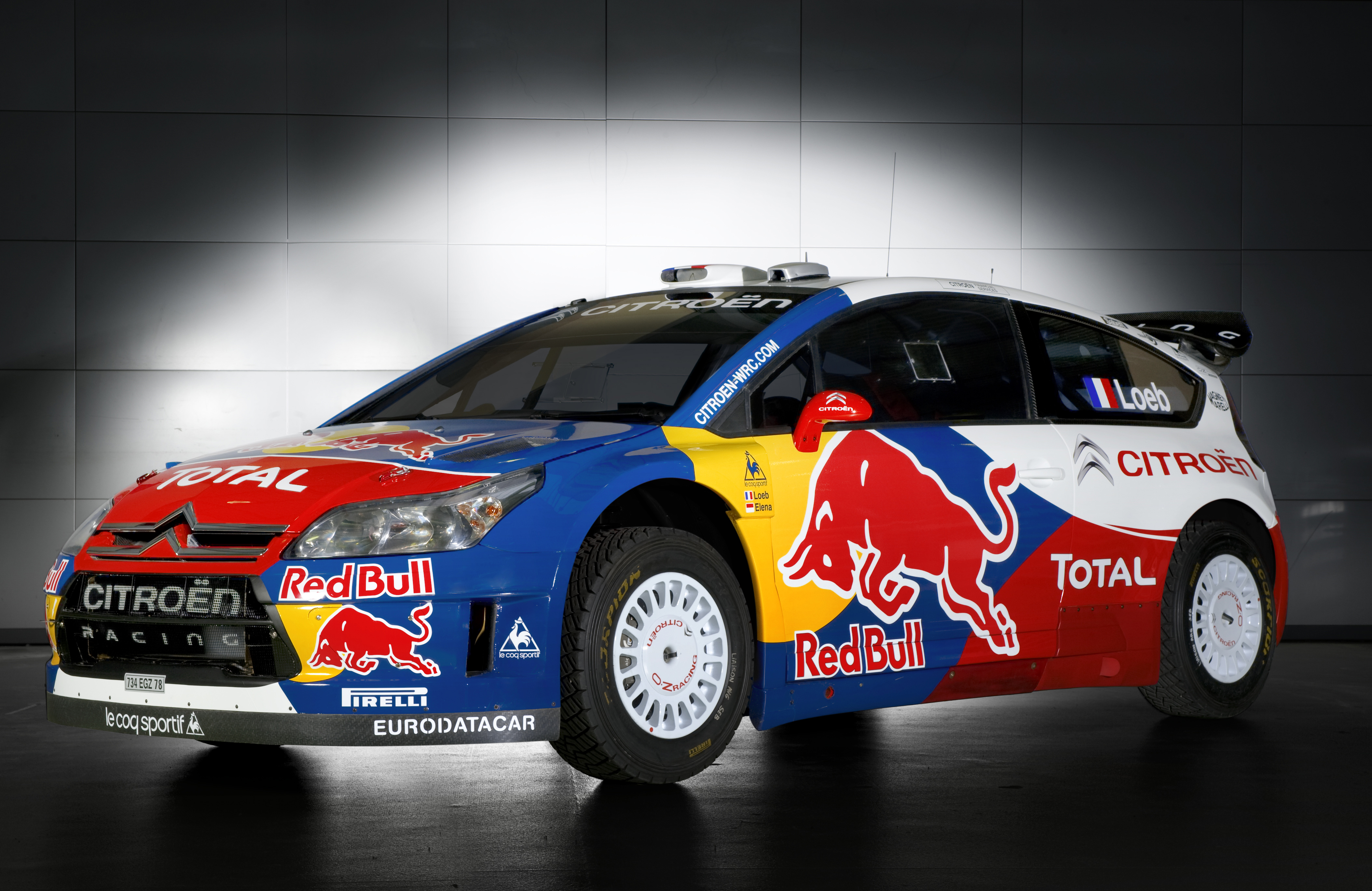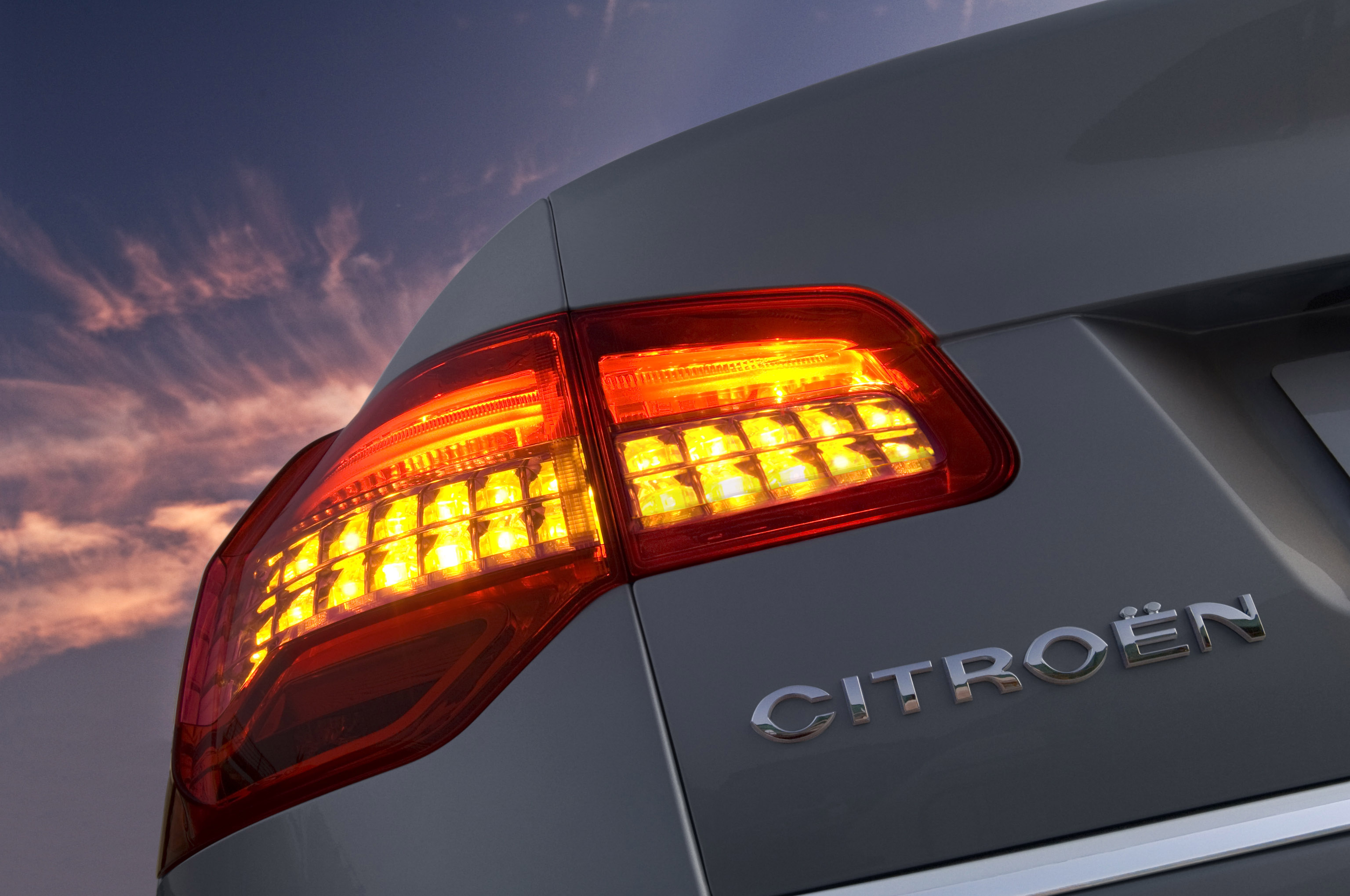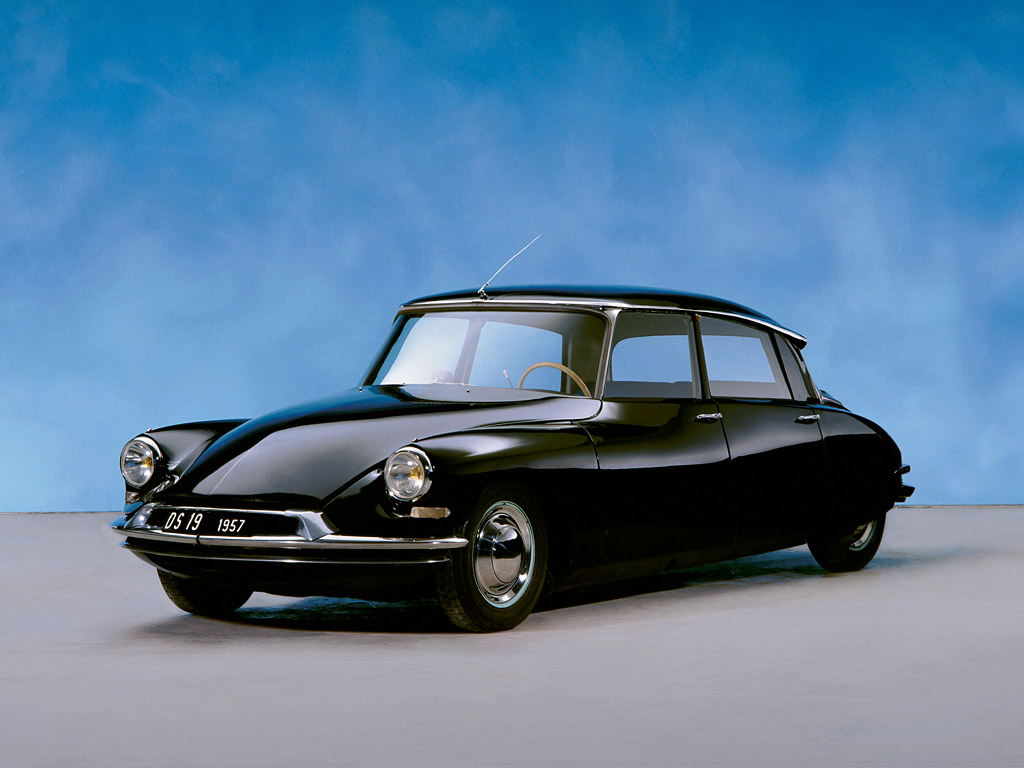During the Second World War, the motor vehicle Citroen factory production was severely restricted, and even then is only used for vehicles intended for the German occupying forces in France. After the cessation of hostilities, Citroen were finally able to launch a new model, the 2CV, which was presented at the Paris Motor Show in 1948. Although it was initially designed with only a 375 cc engine, the 2CV has become something of an icon around the world and remained in production until 1990.
In 1955, Citroen, once again hit the jackpot with a new model since it launched the DS - "The déesse" - the Goddess. The DS includes many revolutionary features for the era, such as self-leveling hydropneumatic suspension and steering. It was also the first car produced in Europe for motorists in general with disc brakes. It was the beginning of a new era of Citroen and in 1957 the last of its pre-war range Traction Avant - 11CV Familiale - was produced.
The French company also at the forefront in the development of aerodynamic designs, saving fuel. The company was testing its designs with the use of wind tunnels and in the 1950's.
Having suffered bankruptcy in the 1930s, Citroen always willing to broaden its financial base. In 1963 talks began with French rival Peugeot to cooperate in the purchase, but the talks proved abortive, ending two years later. There was more luck in discussions with Panhard as Citroen whisper to expand its range of small cars. And in 1968 formed a holding company for its operations around the world called Citroen SA.
The year 1968 also saw Michelin, Citroen had effectively taken from the failure of car manufacturers in 1934, sold a 49 percent stake to the Italian car giant Fiat. After this, the company became more ambitious, taking into Maserati, the famous Italian sports car maker and launched the SM Gran Turismo.
However, market forces were once again begins to conspire against Citroen. The oil crisis of the 1970s forced the U.S. government to bring in more stringent emissions and environmental control, which the French engine manufacturer withdrawing from the U.S. market. The oil crisis of the French company was increasingly vulnerable and the situation worsened as Fiat turned his interest in the business of Michelin.
We hope you would come in 1976 when Peugeot SA received a 90 percent stake in holding company business. This led Citroën models being developed as an economy brand, but the designs are based increasingly on Peugeot engineering. However, for 2009 Citroen were ready to return to the luxury car market with the relaunch of the famous brand DS. Starting with the DS 3, the new range is set to be released in 2011.
.jpg)





.jpg)







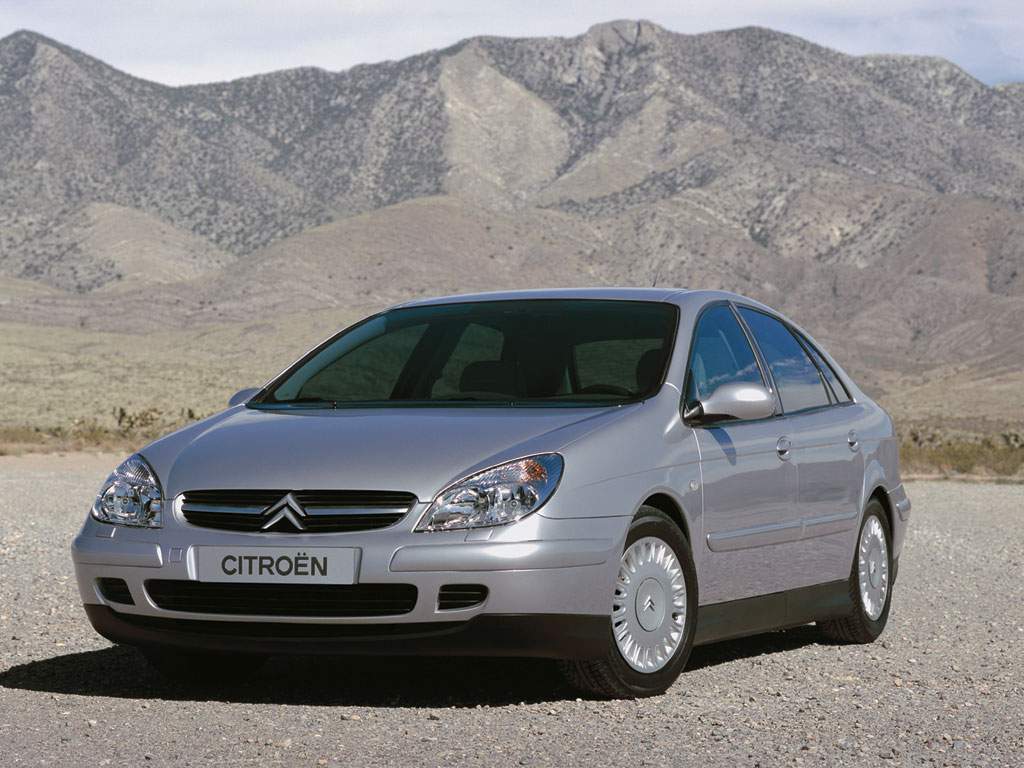

.jpg)













.jpg)





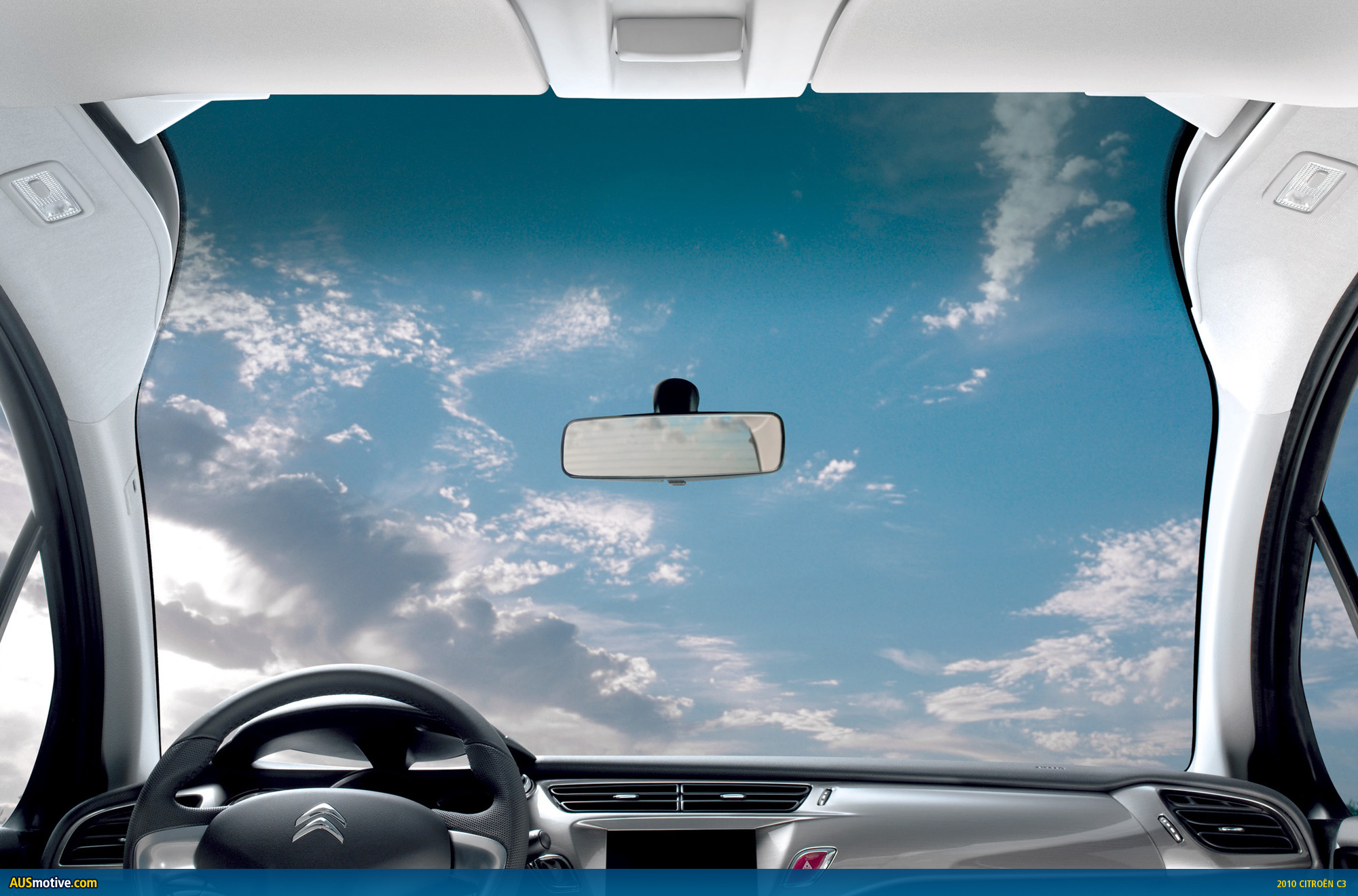




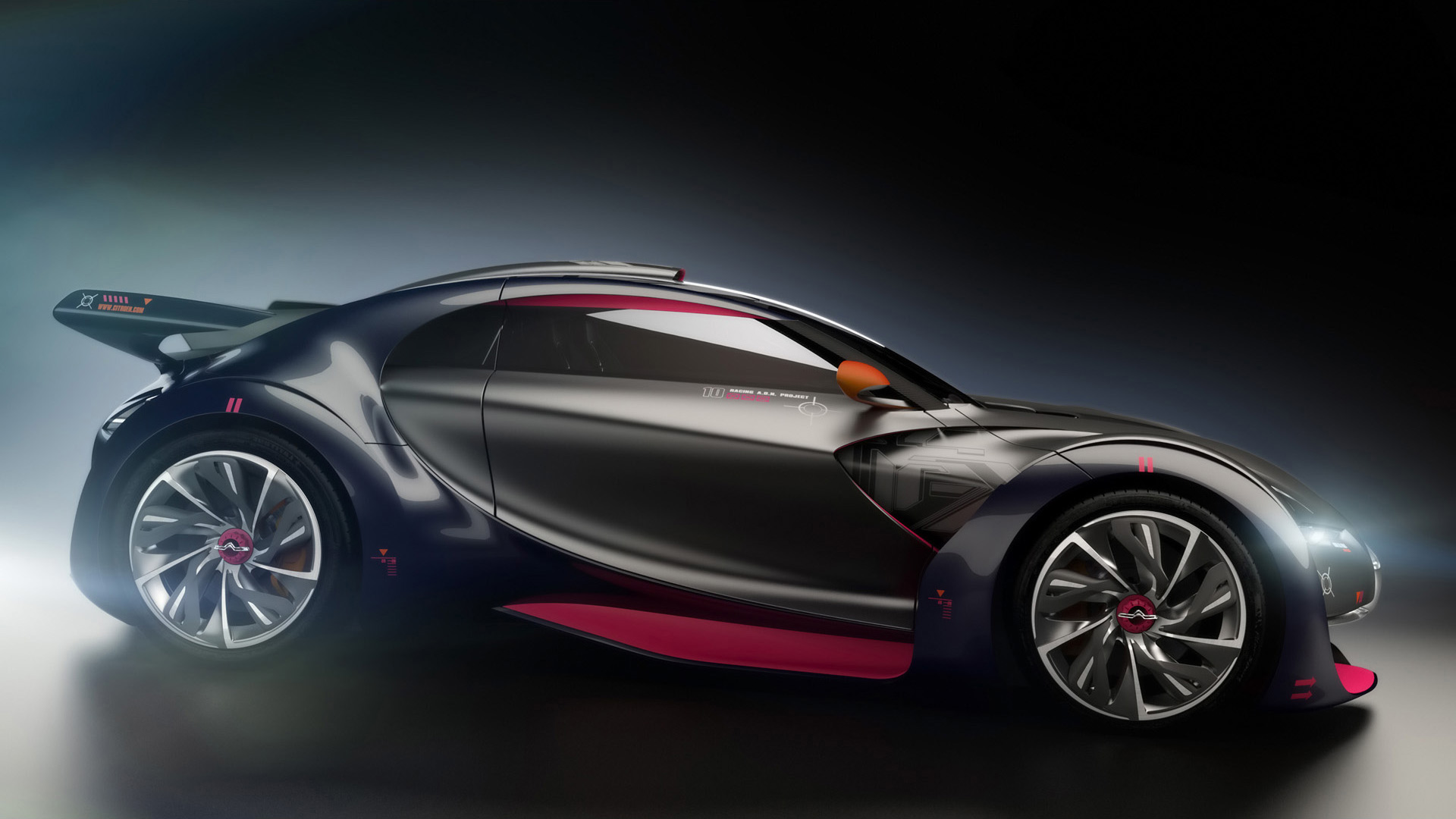










.jpg)


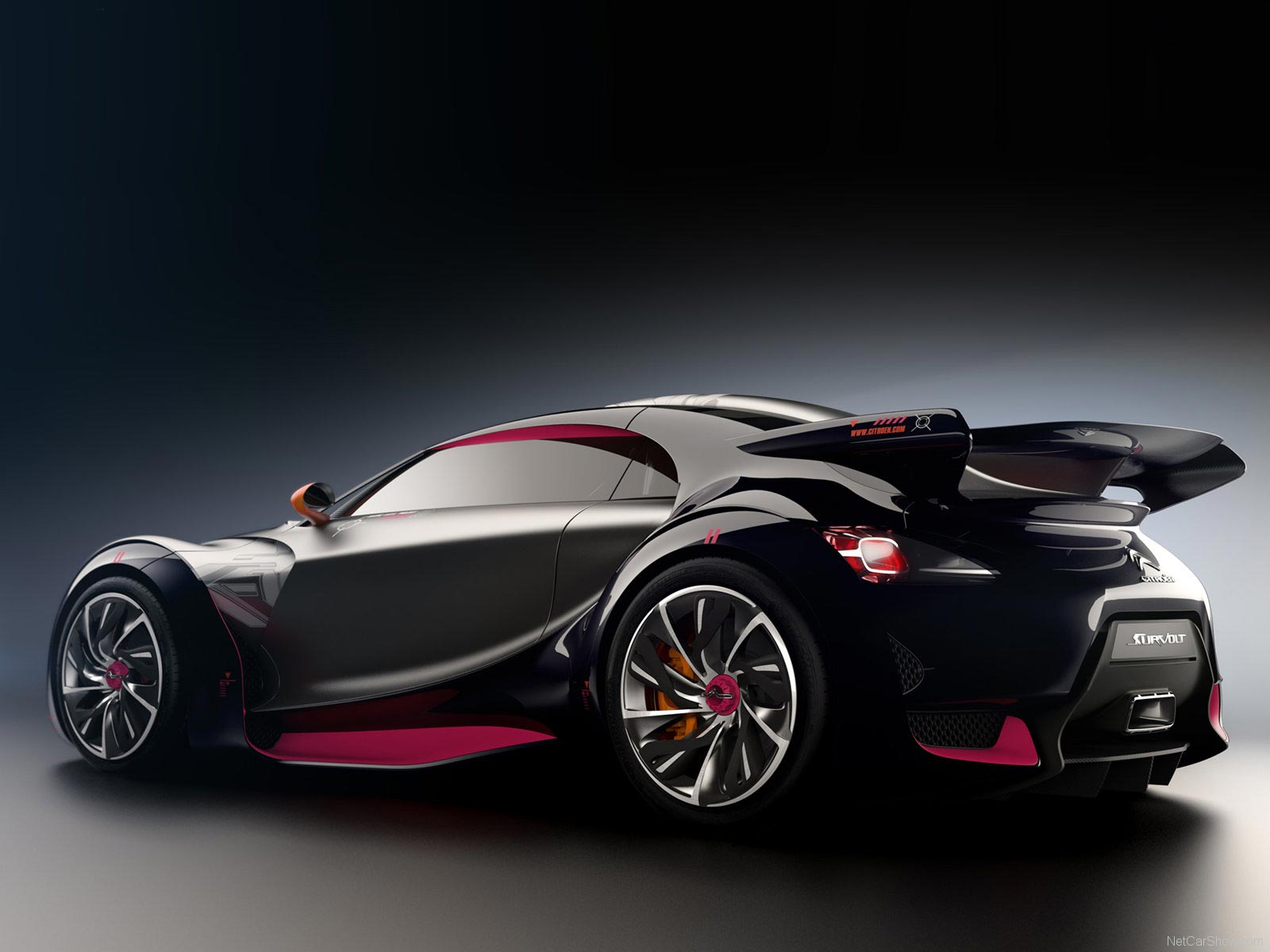
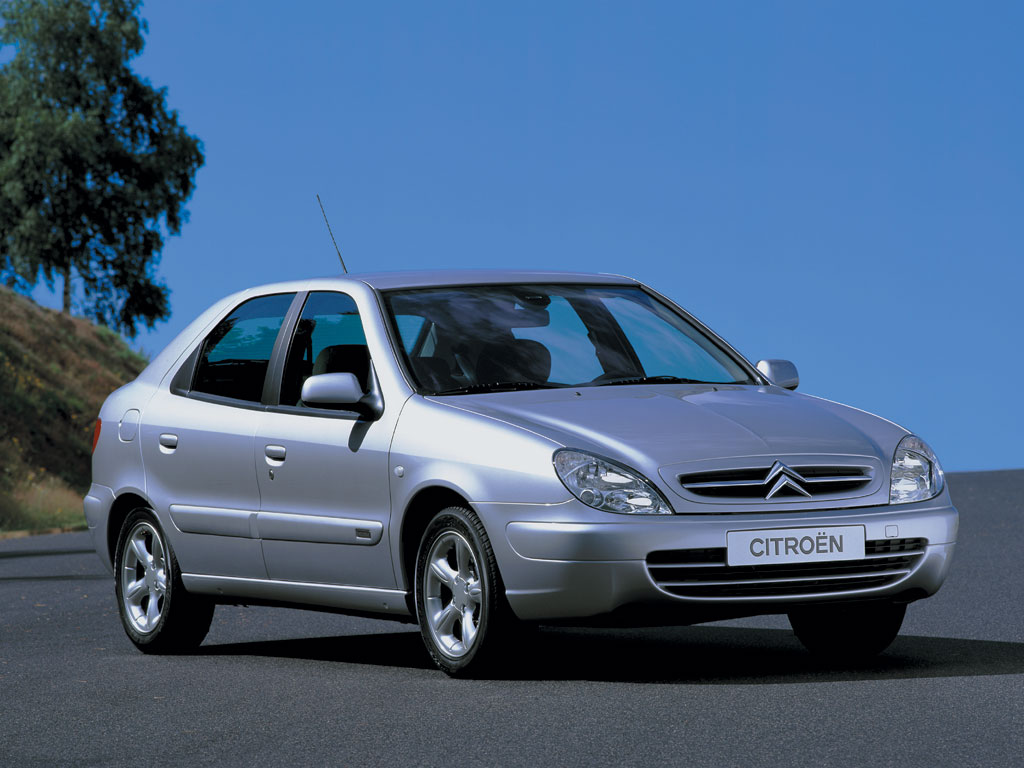












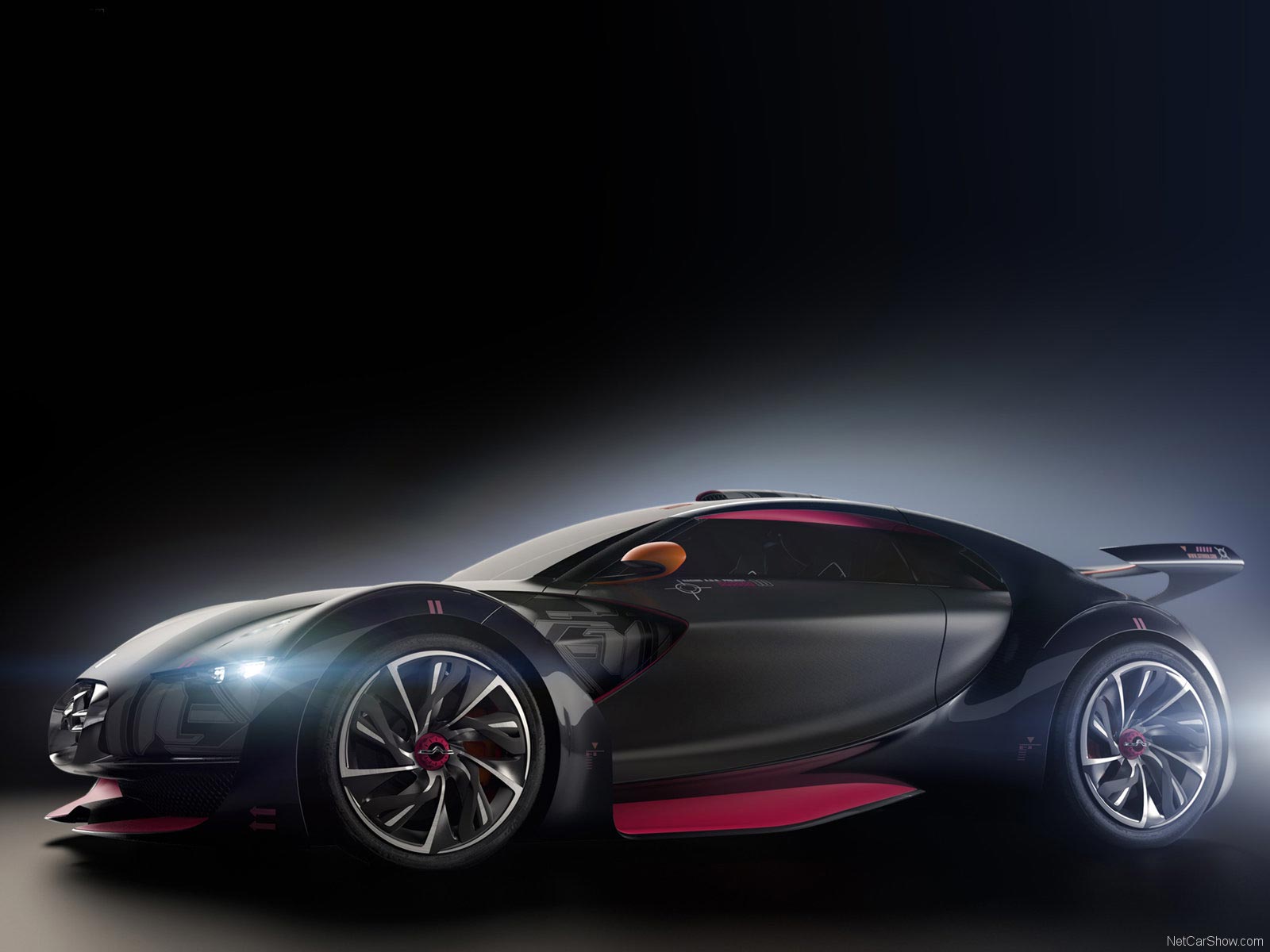




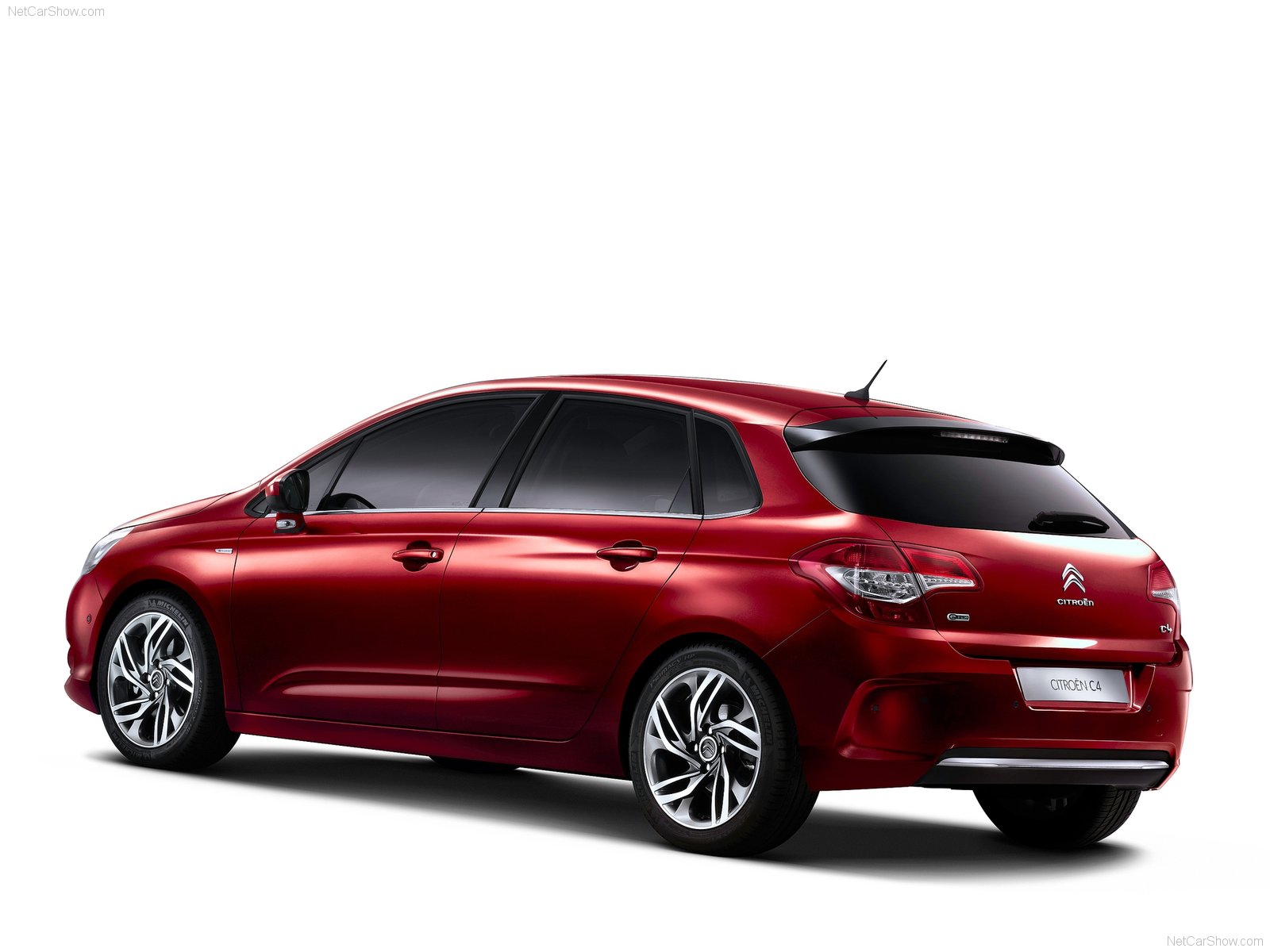

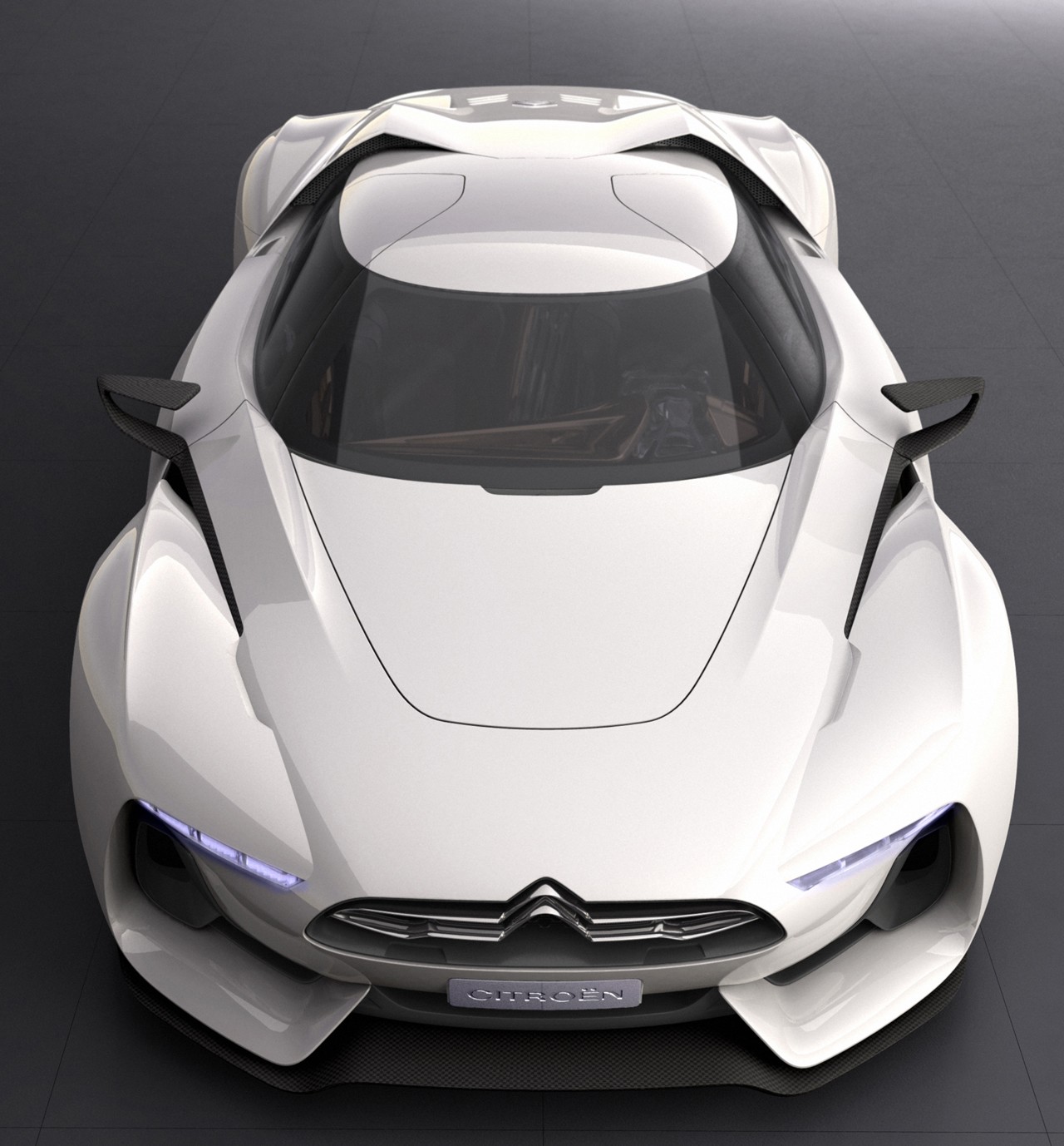

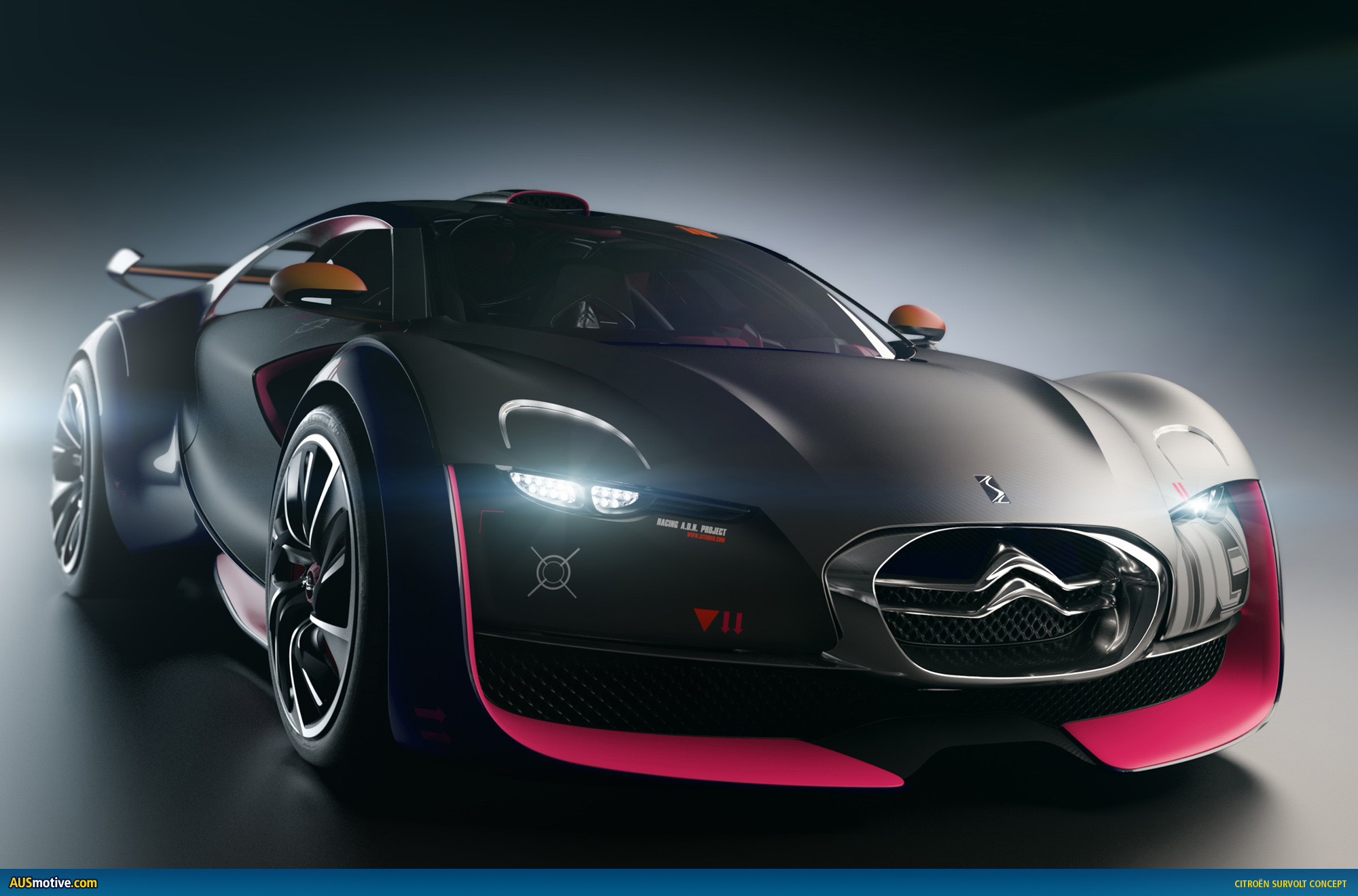

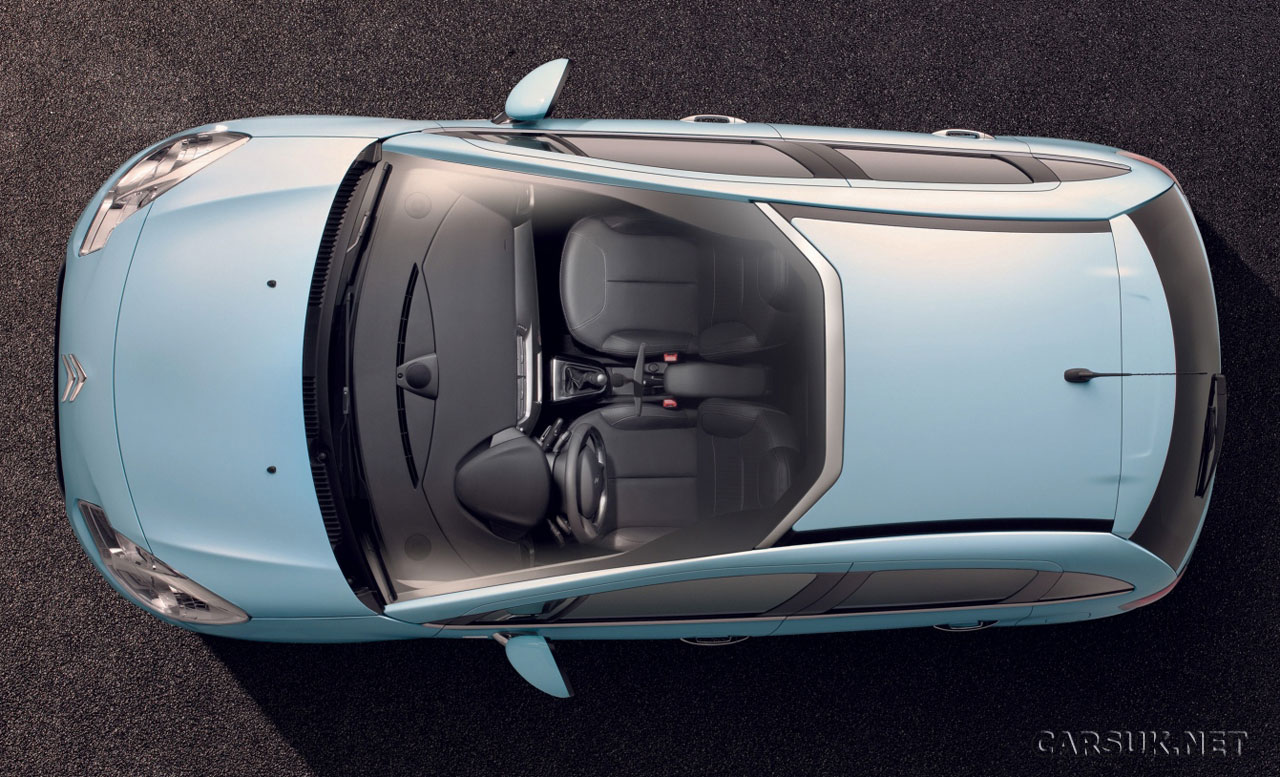


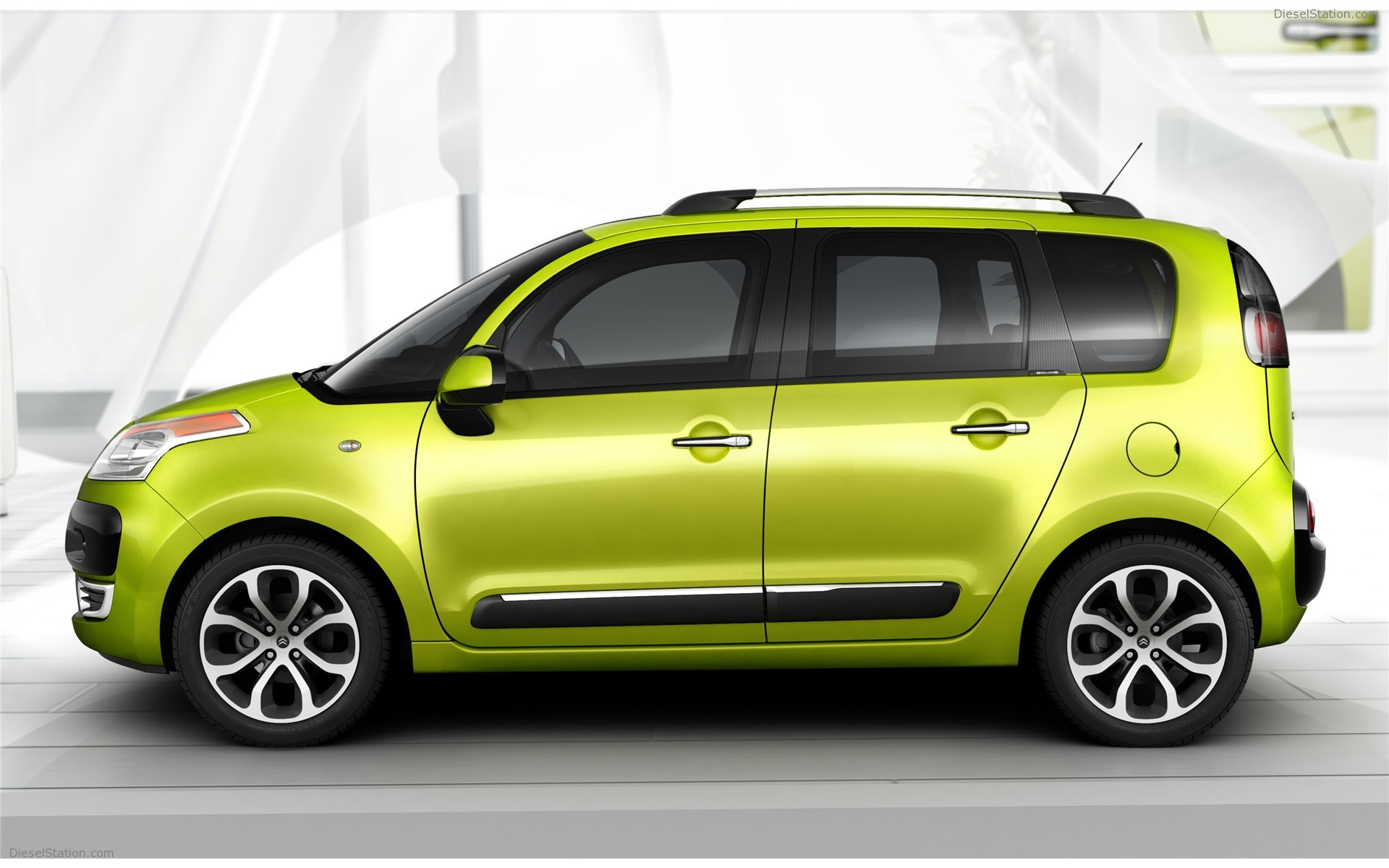

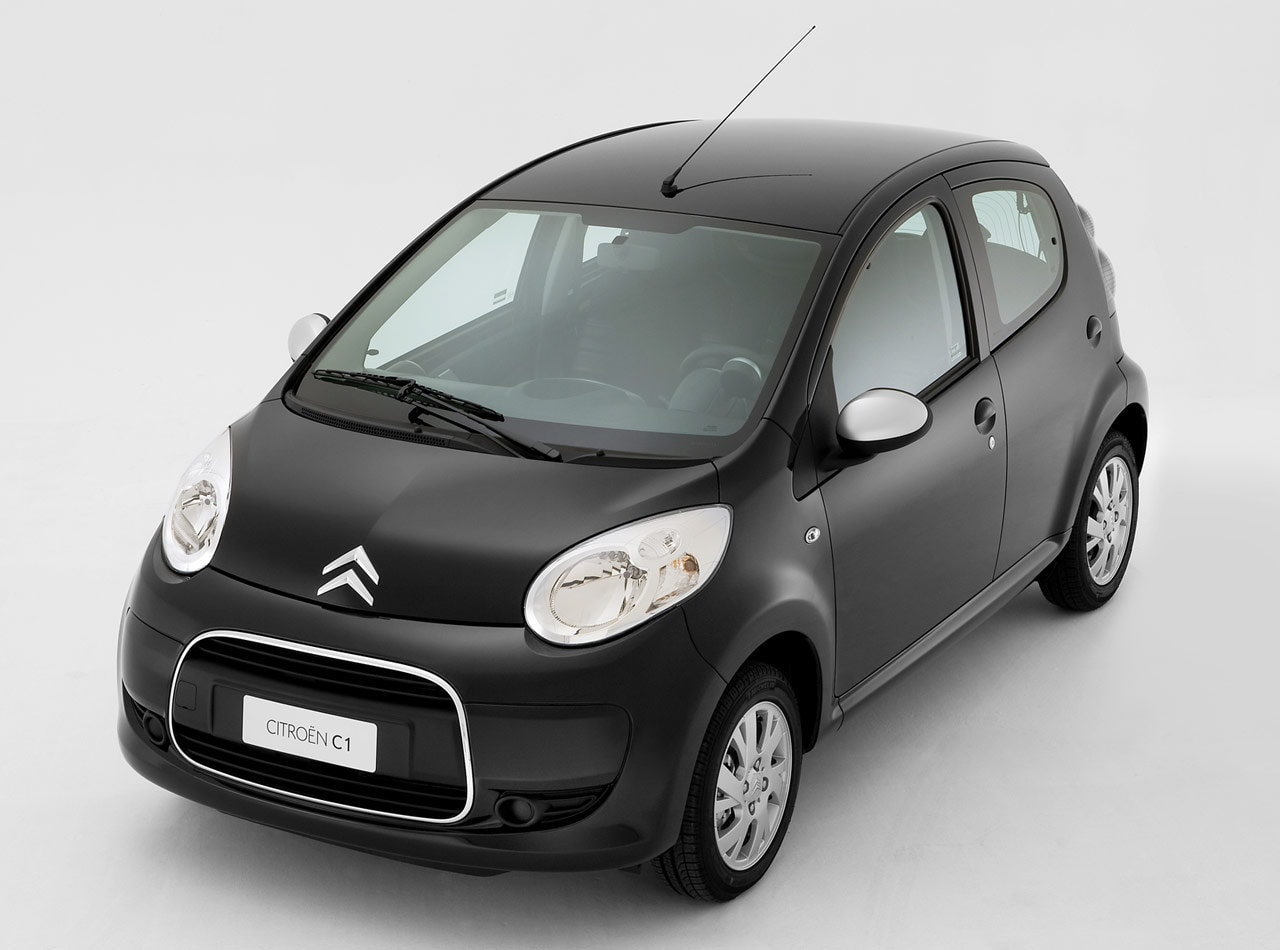













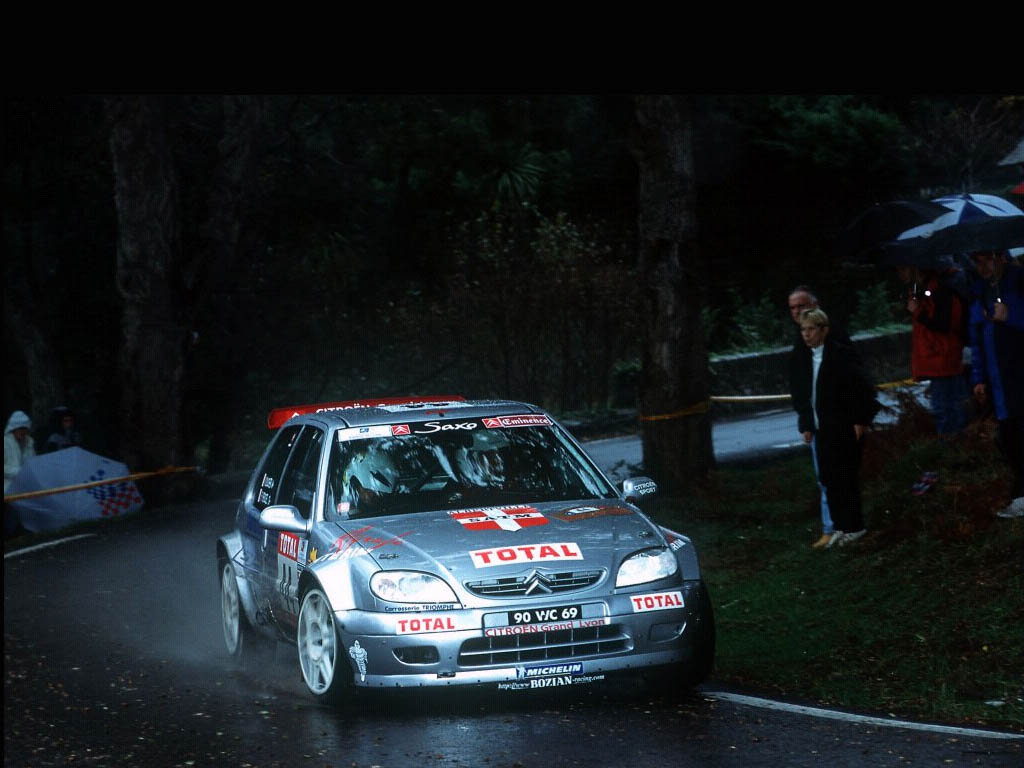





_(first_generation)_(rear),_Kuala_Lumpur.jpg)





